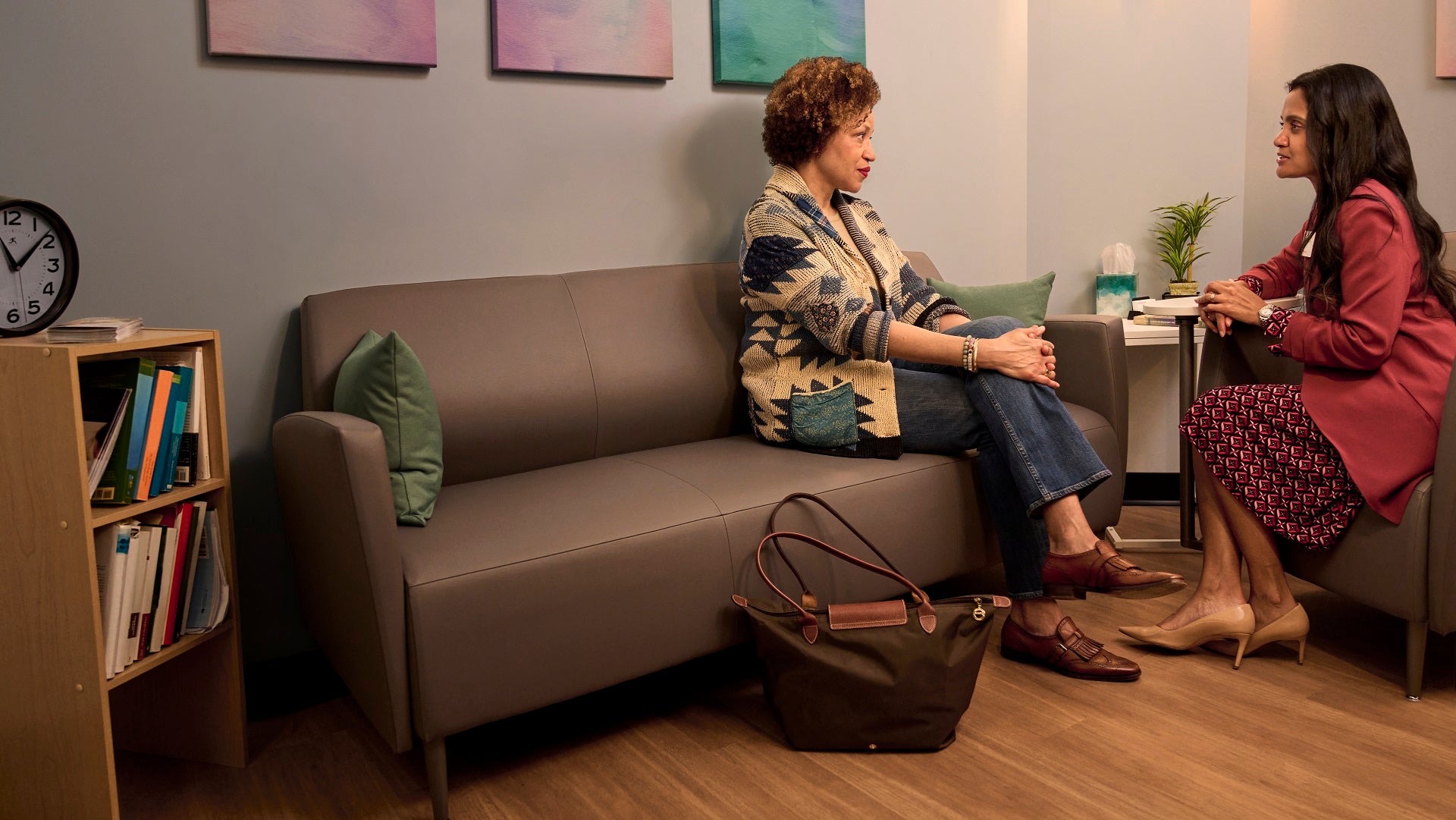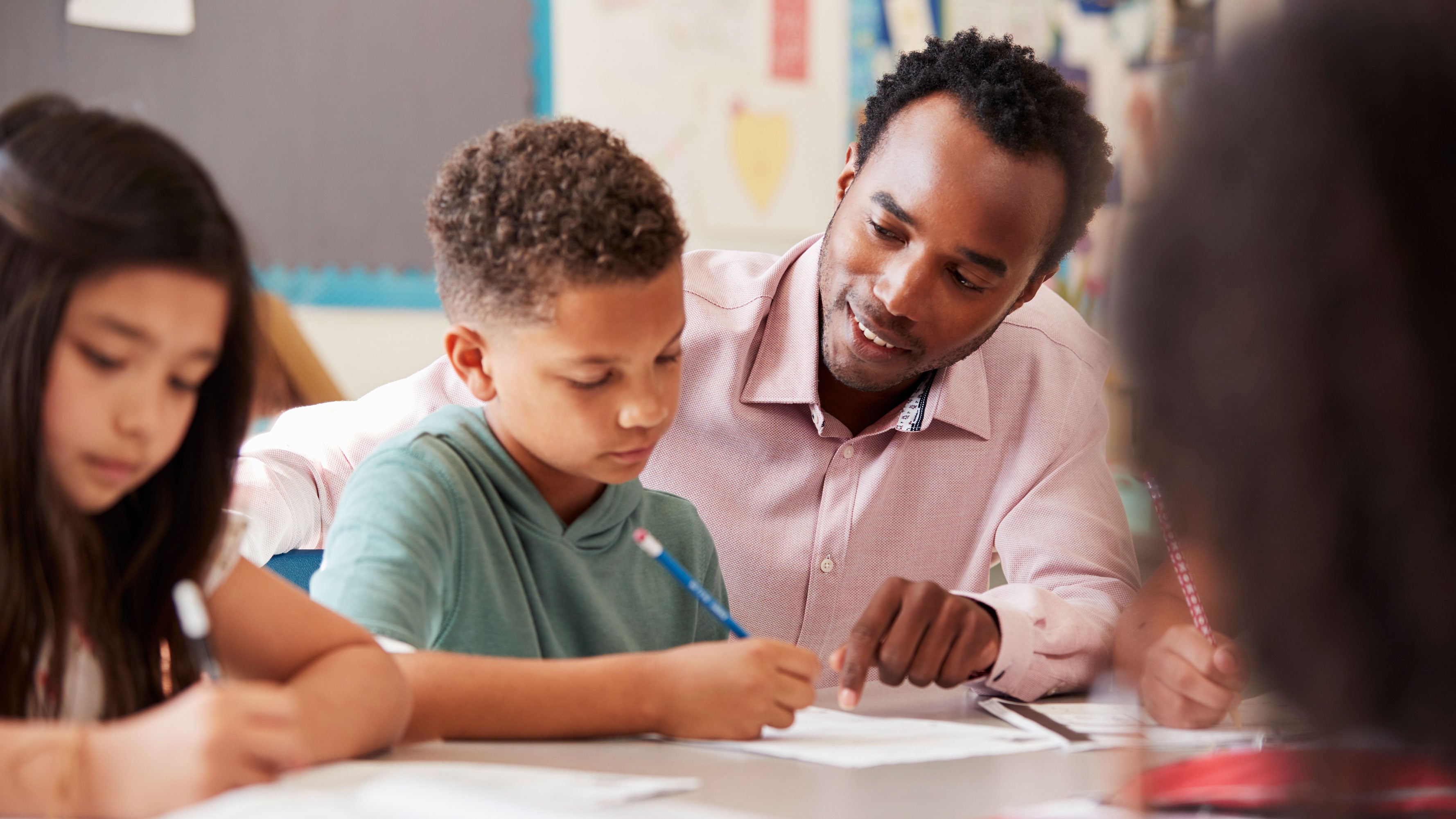While America’s teens were already struggling before the pandemic, new data reveals rates of sadness and hopelessness are rising to historic levels. According to the Centers for Disease Control and Prevention (CDC), 3 in 5 teen girls felt persistently sad or hopeless in 2021 — double that of boys and the highest rate reported in a decade. LGBTQ+ youth fared worse on almost every measure.
Adults have no shortage of theories on the causes: the global pandemic, gun violence, climate change and social media, to name a few. But America’s teens are clear on at least one component: what they need most is each other.
In middle school, Crystal Widado, a high school senior in California, endured bullying that led to suicidal thoughts. “I was dialing the hotline once a week because I didn't really have anyone to talk to,” she shares. Today, she helps other teens as a mental health advocate.
“Something that gives me a lot of hope is the emergence of peer support,” she explains, adding that teens are the most likely to talk to each other.
Why early interventions are important
With two teenage girls in high school and college, Cara McNulty, President of Behavioral Health & Mental Well-being at CVS Health®, understands the importance of teens supporting one another.
“We’ve made a concerted and very deep investment in our focus on adolescents,” Cara says. “We really know that we can do something about it.”
Believing that suicide is most often preventable, CVS Health established a 2021 goal to reduce suicide attempts among Aetna members by 20% by 2025.
For adolescents, those efforts include universal screenings, using data insights to catch warning signs and offering mental health training to providers. The company also partners with mental health provider systems like Vida Health and Oui Therapeutics to provide access to Youth Nominated Support Teams. Resource guides on mental health for young adults, parents/caregivers and LGBTQ+ youth are also available on the CVS Health website.
“Social media also impacts teen mental health with unrealistic beauty imagery that can create a confidence crisis,” Andrea Harrison, Vice President for Beauty & Personal Care, points out.
Five years ago, Andrea took part in the CVS Health’s Beauty Mark initiative — a promise not to alter images created for its stores, websites and marketing materials. That landmark initiative, which addresses the negative and unrealistic standards digitally manipulated images can have on mental health, remains steadfast today.
For Andrea, whose daughters are 10 and 13, the stakes are also personal. Her oldest daughter often communicates with friends through video chats fostering a constant online presence.
“We are trying to create a universe where the imagery that is out in the world helps people understand what's real,” she says. “It allows them to see others as they are and feel as though they have a community out there beyond themselves.”



